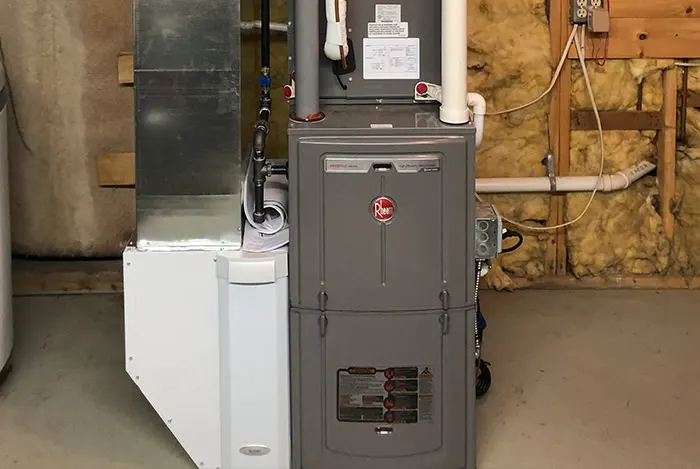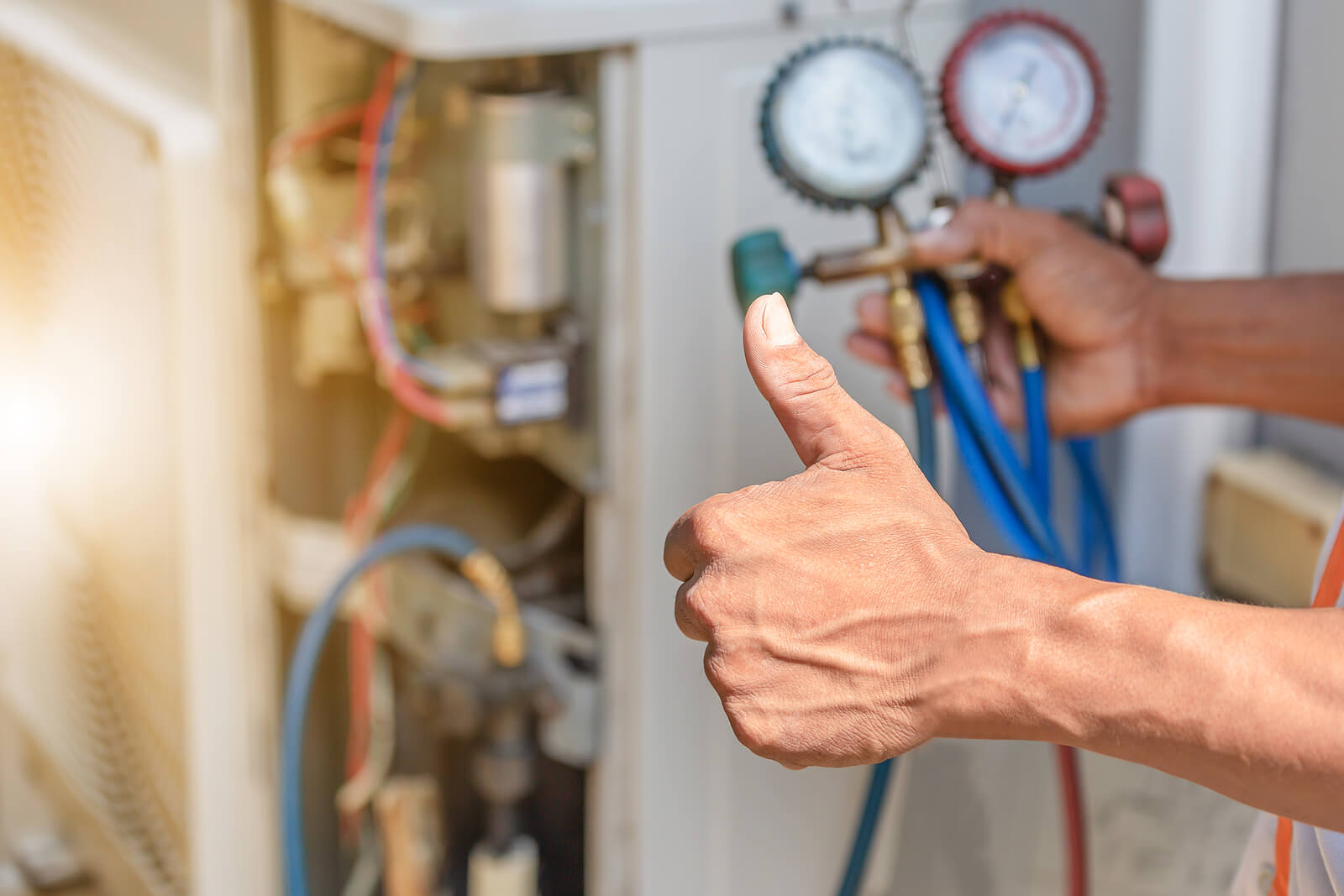The Ultimate Guide to Heater Installment for a Cozy Home
Heating system setup is an essential facet of preserving a comfortable home setting, especially during the cooler months. As you think about these elements, the inquiry stays: what steps can you take to guarantee your heater serves you well for years to come?
Types of Furnaces

Gas furnaces are one of the most typical choice because of their performance and reduced operational expenses. They use gas or gas, giving quick heating and regular efficiency, making them suitable for cooler climates.
Electric heaters, while typically simpler to install and preserve, have a tendency to have higher functional costs. They are frequently preferred in locations where gas service is inaccessible or for homes with existing electrical infrastructure.
Oil furnaces, though less usual today, remain a practical choice in certain regions. They burn heating oil, which can be beneficial throughout cooler months, yet their reliance on oil distribution positions potential difficulties.
Additionally, there are high-efficiency designs readily available across these types, which can considerably decrease power intake and utility expenses - furnace installation. Eventually, comprehending these heater types will assist house owners pick a system that aligns with their home heating needs, spending plan, and power preferences
Choosing the Right Dimension
Picking the proper size for a heater is crucial to making sure optimum performance and energy performance. A small heater will have a hard time to maintain comfy temperature levels during the chilly months, leading to boosted deterioration, higher power bills, and possible system failure. Conversely, an extra-large furnace might cycle on and off too frequently, causing ineffective heating and irregular temperature circulation within the home.
To identify the proper heater size, an estimation referred to as the Guidebook J tons estimation ought to be executed. This process examines numerous elements, consisting of the square video of the home, insulation levels, home window dimensions, and local environment problems. This thorough analysis makes certain that the furnace satisfies the details heating demands of the room.

Installation Refine Review
In terms of materials, you will certainly need ductwork, insulation, and sealing tape to make certain ideal airflow and power effectiveness - furnace installation. It is likewise important to have a brand-new heating system filter on hand, in addition to venting products, such as PVC pipe or steel flue, depending upon the kind of heating system being installed
Safety and security equipment, consisting of gloves, safety glasses, and a face mask, is also critical to shield against dust and particles during installation. Having all these tools and products easily offered not only simplifies the procedure however also enhances the safety and security and effectiveness of the heating system installment.
Maintenance Tips for Durability
To make certain the durability of your furnace, it is necessary to apply a regular maintenance timetable that addresses vital parts of the system. Start by replacing or cleansing the air filter every one to three months, as a clogged up filter can restrict air flow and lower efficiency. Furthermore, inspect and clean up the blower setting up to prevent click to read more dust build-up that can prevent performance.
Next, inspect the thermostat setups and rectify if necessary to make sure exact temperature level regulation. Examine the ductwork for leakages or obstructions, as this can bring about over at this website power loss and uneven heating. Regularly lubricate the motor and bearings according to the maker's referrals to decrease damage.
Specialist inspections ought to happen every year, where a certified professional can assess the furnace's overall problem, look for gas leakages, and make certain that safety and security functions are functioning appropriately. Lastly, take into consideration installing a programmable thermostat to enhance energy usage and maintain regular home temperatures. By taking on these upkeep methods, you can boost your heating system's effectiveness, expand its life-span, and inevitably appreciate a relaxing and comfortable home environment.
Conclusion
